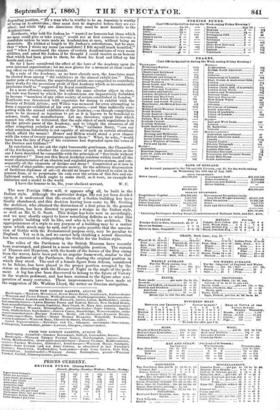The new Foreign Office will, it appears aft all, be
built in the Italian style. Although the particular design his not yet been decided upon, it is understood that the erection of a Gothic building has been finally abandoned, and this decision having been come to, Mr. Garling the architect, who obtained the distinction of a first prize in the general competition' has been directed to prepare a design in the Italian style, as well as Mr. G. G. Scott. This design has been sent in accordingly, and we may shortly expect to know something definite as to what this new public building will be like, and who is to be the architect. The appropriateness of a style to any purpose of a building may be a matter upon which much may be said, and it is quite possible that the associa- tion of Gothic with the Ecclesiastical purpose only, may be peculiar to England. Yet so it is, and we cannot help thinking a sound discretion has been exercised in relinquishing the Gothic for the Italian style.
The relics of the Parthenon in the British Museum have recently been rearranged, and placed in a more intelligible position. The statues of Theseus and Hyperion, with the heads of the horses of the Day rising from the waves, have been put in an angular framework, similar to that of the pediment of the Parthenon, thus sharing the original position in which they stood. The cast of a female figure from Athens, considered to be Selene, has been placed in the proper position occupied by the statue as descending with the Horses of Night in the angle of the pedi- ment. A leg has also been discovered to belong to the figure of Victory in the westeni pediment, and has been restored to the figure after a se- paration of many centuries. These improvements have been made at the suggestion of Mr. Watkiss Lloyd, the writer on Grecian antiquities.


























 Previous page
Previous page